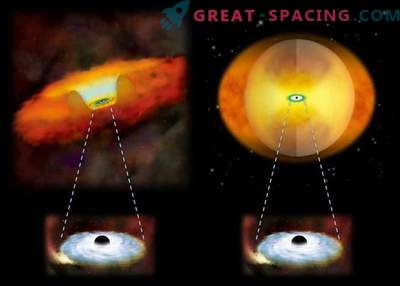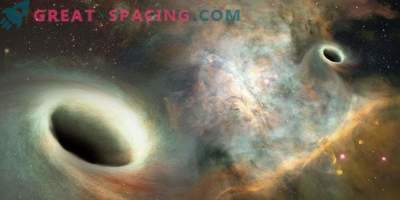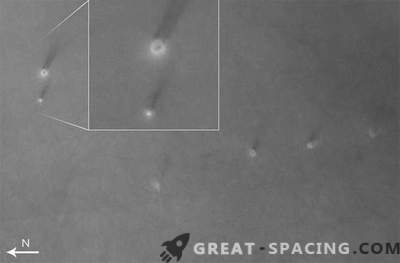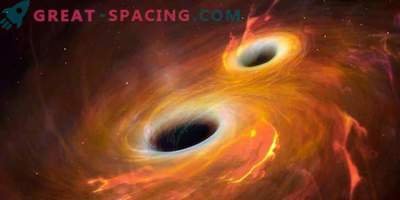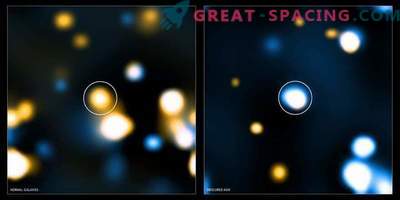
An artistic interpretation of a dense dust ring capable of hiding energy processes near a supermassive black hole. SOFIA shows that dust distribution is 30% less than previously thought.
With the help of the SOFIA infrared instrument, scientists were able to find dust around active black holes, which turned out to be more compact than expected.
Most large galaxies have supermassive black holes at their centers. Many of them usually stay calm. But some actively eat. Trapped material creates powerful energy emissions. This species is called active galactic nuclei.
The previous analysis says that all active galactic nuclei have a similar structure. These are dust donuts (torus) surrounding supermassive black holes. The SOFIA device helped see infrared radiation around 11 objects that were 100 million light-years distant. These tori turned out to be 30% smaller than the predictions said, and peak infrared radiation resides on longer infrared waves. So, the dust covering the black hole is much more compact.
We also see that active galactic nuclei emit most of their energy in waves that cannot be viewed from our position, since they are absorbed by the atmosphere. However, SOFIA is located above 99% of water vapor and allows you to analyze dusty structures.
It will still be necessary to understand whether all the observed emissions occur in tori or there is an additional component. SOFIA contributes to a more detailed analysis of the structure.


